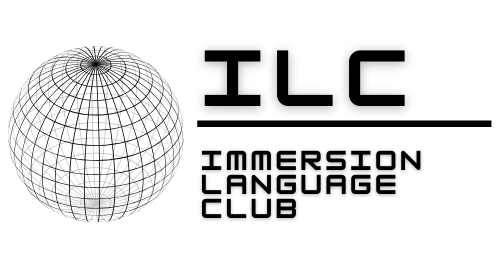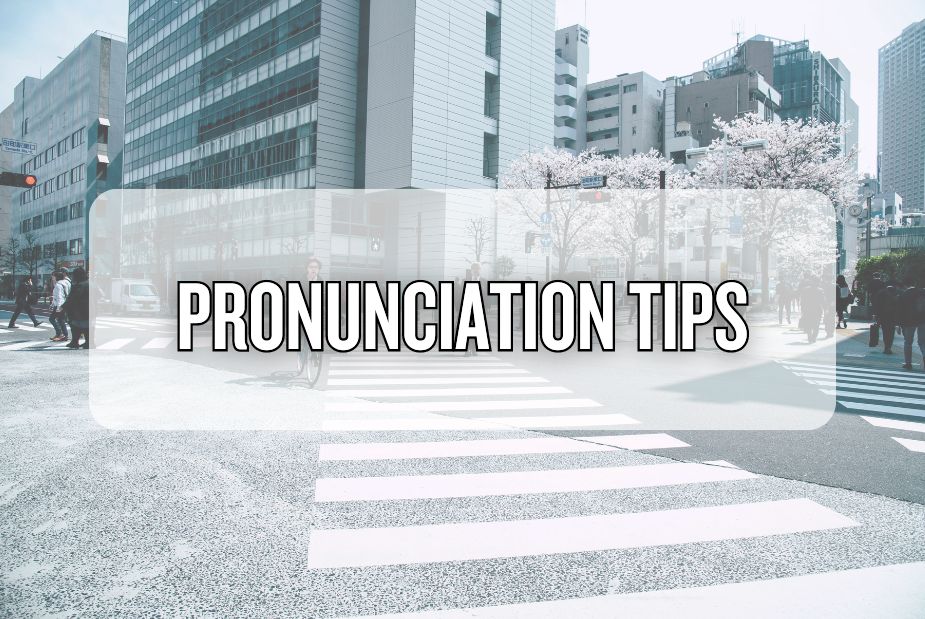Learning Japanese pronunciation can feel pretty overwhelming at first. Japanese has its own unique set of sounds that can be quite different from what you might be used to, and getting these right is essential if you want to be understood by native speakers. We'll go through some helpful tips and tricks to get you on the right track.
Basic Sounds in Japanese

The first thing to tackle is the set of basic sounds in Japanese. There are five vowels: "a," "i," "u," "e," and "o," and fourteen consonants. Some of these can be tricky, like "r" and "ts," which English speakers often find hard to pronounce correctly. You’ll also come across elongated vowels (marked with a line above the vowel, like "ā,” in the romaji spelling of a word) and double consonants, which mean you need to make a stronger stop in your pronunciation.
Using visual aids and listening to native speakers can really help in solidifying these concepts. Try watching Japanese dramas or anime with subtitles to hear how these sounds are naturally pronounced.
Pitch Accent
Next, pitch accent is a fundamental element of Japanese pronunciation. It’s about the rise and fall in pitch between syllables, and it can change the meaning of seemingly identical words. For instance, "hashi" can mean "bridge" or "chopsticks" depending on the pitch. "Hashi" for bridge has a high pitch on the first syllable ("HA-shi"), while "hashi" for chopsticks starts with a low pitch ("ha-SHI").
In addition, other examples include "ame" (rain) and "ame" (candy), where the pitch pattern determines the difference in meaning. When "ame" means "rain," the pitch starts high on the first syllable and drops on the second syllable. On the other hand, when "ame" means "candy," the pitch starts low on the first syllable and rises on the second syllable.
Getting these pitch accents right is key to being understood correctly. As you can imagine, incorrect pitch can lead to misunderstandings, as the context alone might not always clarify the intended meaning. Native speakers often instinctively grasp these nuances, but learners must practice to develop an ear for these subtle variations. As such, mastery of pitch accent not only aids in clear communication but also enhances the speaker's overall fluency and naturalness in Japanese.
Immersion Language Club has resources for you to improve your Japanese pronunciation and overall proficiency! Check out our beginner content here.
Common Pronunciation Pitfalls

There are a few common pronunciation mistakes learners often make. One of the trickiest is the "r" and "l" sounds. Japanese only has one sound that’s sort of in between the two, so you’ll need to practice to get it right. Practicing tongue placement and listening to the subtle differences can help in mastering this sound.
Other common issues include mispronouncing double consonants and elongated vowels. To avoid these pitfalls, listen to native speakers and practice regularly. Try mimicking what you hear to improve your pronunciation.
Mimicking Native Speakers
Another way to boost your pronunciation skills is to mimic native Japanese speakers. For instance, shadowing is a great technique where you repeat what you hear in real-time. Recording yourself and comparing it to native speakers can also help you spot areas for improvement.
Also, listening to Japanese music or watching dramas with subtitles can be both fun and educational. Pay close attention to the intonation, pitch, and rhythm to get a feel for how Japanese is spoken.
Resources for Practicing Pronunciation

There are countless resources out there to help you practice. The materials here on our website, language exchange programs, and apps like HelloTalk and Tandem are great for reinforcing your speaking skills. Language learning apps like Duolingo and Memrise also offer pronunciation exercises where you can hear and repeat words and phrases. Be sure to explore our blog to learn more about the best online resources and apps for you to use in your Japanese studies.
As you have learned, getting Japanese pronunciation right is crucial for effective communication. By understanding the basic sounds, learning about pitch accents, avoiding common mistakes, and mimicking native speakers, you can make great strides in improving your pronunciation.
Remember, practice and patience are your best friends here, and there are plenty of resources available on our website to help you along the way. With dedication and consistent effort, you’ll see your Japanese pronunciation improve, taking your language skills to the next level.
Stay curious and keep learning!
Looking for a way to up your Japanese skills? Click here to check out Immersion Language Club's learning materials by proficiency level.


